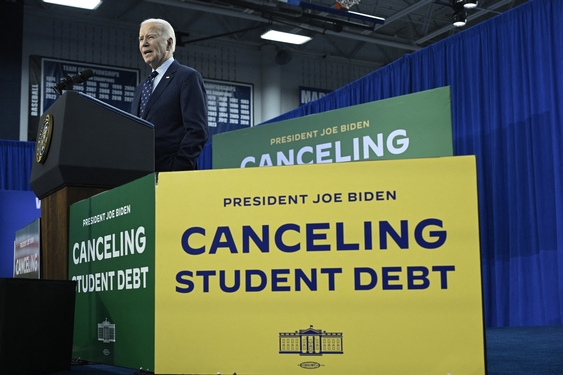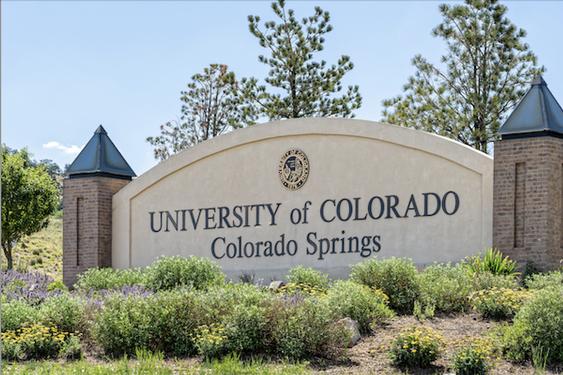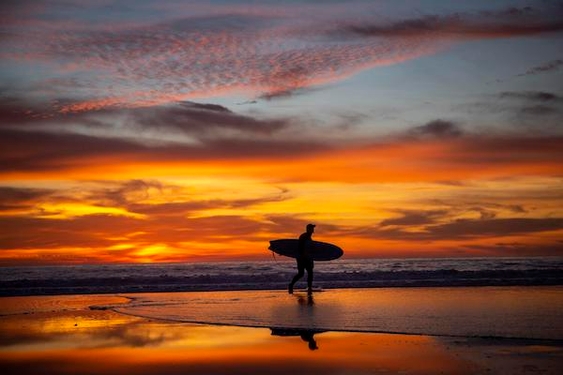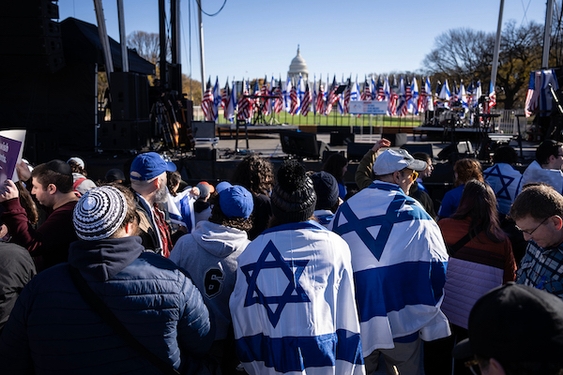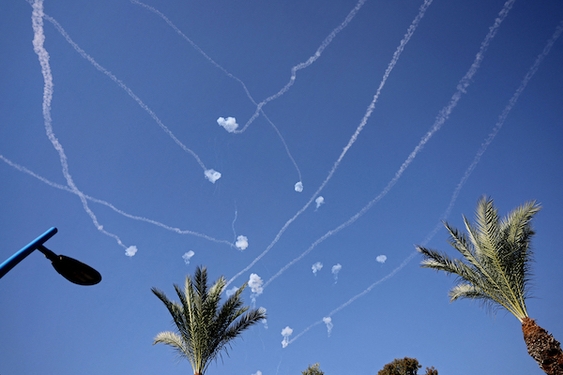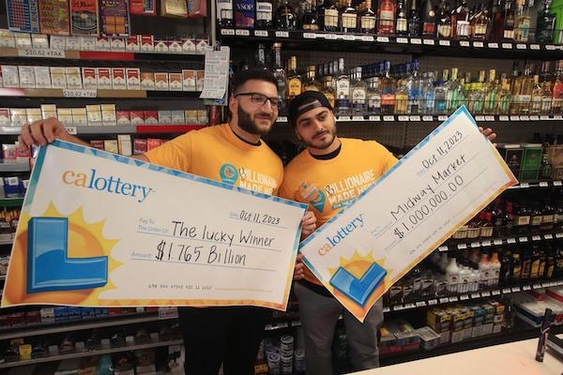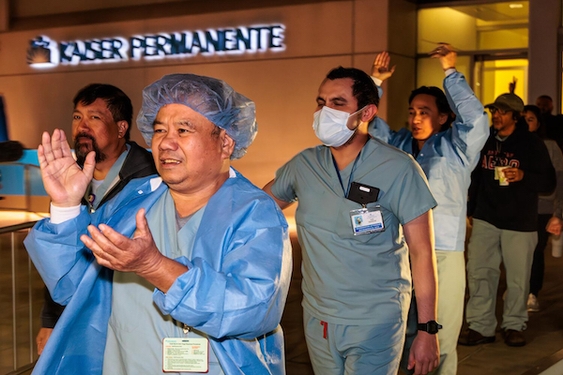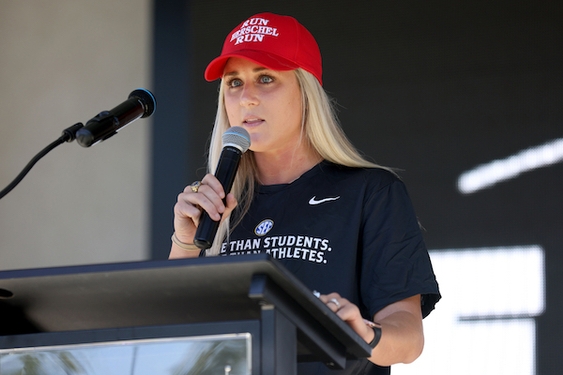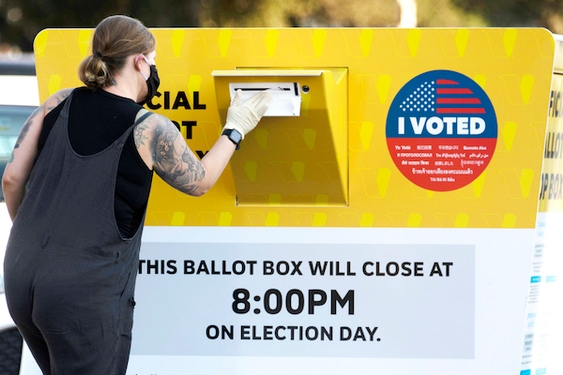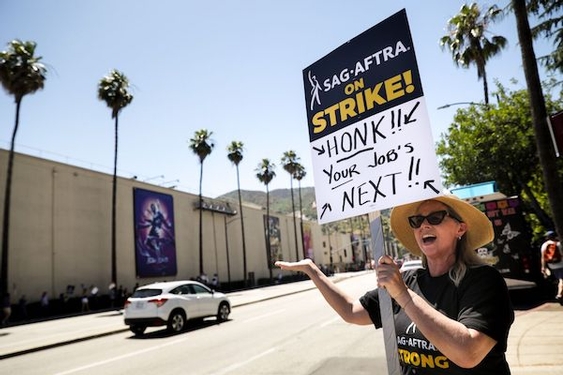In contrast to pledged delegates, who typically must support the candidate that received the majority of the primary or caucus vote in their area or district, superdelegates are unpledged and free to support whomever they chose. This year, 796 superdelegates make up almost 20 percent of the entire Democratic delegation.
Most are elected officials – governors or members of Congress – and highly influential or active party members. However, membership to the Democratic National Committee is also open to citizens by party election.
Unlike Republicans, Democrats distribute the popular-vote pledged delegates on a proportional basis – if a candidate wins 40 percent of the vote in the state, they often garner 40 percent of the available delegates. As a result, in this tight election season, neither Hillary Clinton nor Barack Obama will have achieved the required 2,025 delegates needed to secure the nomination before the convention. Whether they choose to reflect the will of their constituents or endorse on their own, superdelegates will decide who goes on the ballot in November.


